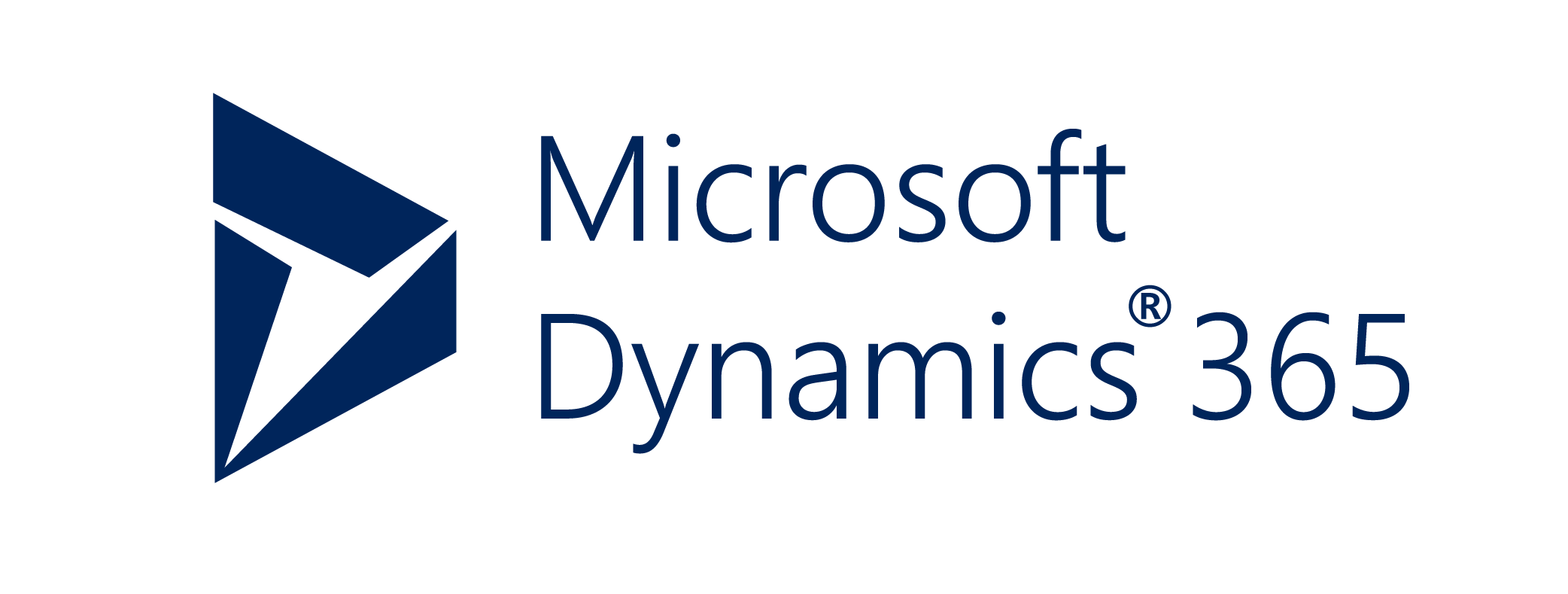
Microsoft Dynamics 365 AI: Complete Buyer's Guide
Enterprise-grade predictive lead scoring through machine learning
Microsoft Dynamics 365 AI delivers enterprise-grade predictive lead scoring through machine learning analysis of historical CRM data, positioning itself as the premier choice for Microsoft-centric organizations requiring transparent AI decisions with comprehensive ecosystem integration.
Market Position & Maturity
Market Standing
Microsoft Dynamics 365 AI occupies a dominant enterprise position within the CRM-integrated AI scoring market, leveraging Microsoft's established enterprise relationships and comprehensive business application ecosystem [36][41].
Company Maturity
Microsoft's position as a Fortune 500 technology leader with $211 billion annual revenue and established enterprise support frameworks [50].
Growth Trajectory
Customer implementations span diverse industries including financial services, insurance, and automotive, demonstrating broad market acceptance across enterprise verticals [52][53][54].
Industry Recognition
Positioning in major analyst reports covering CRM and AI technologies, though specific rankings require verification from current analyst publications.
Strategic Partnerships
Leverages Microsoft's extensive partner ecosystem, including system integrators and consulting firms specializing in Dynamics 365 implementations.
Longevity Assessment
Microsoft's substantial R&D investment in AI technologies and cloud infrastructure provides buyers with confidence in long-term product development and support capabilities.
Proof of Capabilities
Customer Evidence
Investec, Zurich Insurance, and Lynk & Co demonstrate tangible operational improvements and measurable business outcomes [52][53][54].
Quantified Outcomes
Organizations report achieving 20-30% sales cycle reductions and 25% higher conversion rates versus traditional scoring methods [36][45].
Case Study Analysis
Investec documented 200 hours of annual savings through automated CRM updates, while Zurich Insurance achieved 14,000 hours reduction in manual data entry with 40% lead quality improvement [52][53].
Market Validation
The platform serves over 300,000 organizations globally within the broader Dynamics 365 ecosystem [50].
Competitive Wins
Documented wins against Salesforce Einstein in enterprise evaluations, particularly where scoring transparency and Microsoft ecosystem integration provide decisive advantages [49].
Reference Customers
Enterprise customers include financial services, insurance, automotive, and manufacturing sectors.
AI Technology
Machine learning algorithms that process historical CRM data to maintain predictive accuracy when data remains clean and current [36].
Architecture
Core AI architecture integrates behavioral data from multiple touchpoints including email engagement metrics, content download patterns, and web interaction sequences [39][47].
Primary Competitors
Salesforce Einstein, HubSpot's predictive scoring, MadKudu, and SuperAGI [40][48][49].
Competitive Advantages
Native Microsoft ecosystem integration with Outlook, Teams, and Power BI, and transparent scoring factors [36][41][49].
Market Positioning
Microsoft's strategy of embedding AI capabilities within existing business applications rather than offering standalone AI tools.
Win/Loss Scenarios
Favors Dynamics 365 AI when organizations require deep Microsoft ecosystem integration, transparent scoring explanations, and enterprise-grade compliance capabilities.
Key Features

Pros & Cons
Use Cases
Integrations
Pricing
Featured In Articles
Comprehensive analysis of AI Lead Scoring for AI Marketing & Advertising for AI Marketing & Advertising professionals. Expert evaluation of features, pricing, and implementation.
How We Researched This Guide
About This Guide: This comprehensive analysis is based on extensive competitive intelligence and real-world implementation data from leading AI vendors. StayModern updates this guide quarterly to reflect market developments and vendor performance changes.
55+ verified sources per analysis including official documentation, customer reviews, analyst reports, and industry publications.
- • Vendor documentation & whitepapers
- • Customer testimonials & case studies
- • Third-party analyst assessments
- • Industry benchmarking reports
Standardized assessment framework across 8 key dimensions for objective comparison.
- • Technology capabilities & architecture
- • Market position & customer evidence
- • Implementation experience & support
- • Pricing value & competitive position
Research is refreshed every 90 days to capture market changes and new vendor capabilities.
- • New product releases & features
- • Market positioning changes
- • Customer feedback integration
- • Competitive landscape shifts
Every claim is source-linked with direct citations to original materials for verification.
- • Clickable citation links
- • Original source attribution
- • Date stamps for currency
- • Quality score validation
Analysis follows systematic research protocols with consistent evaluation frameworks.
- • Standardized assessment criteria
- • Multi-source verification process
- • Consistent evaluation methodology
- • Quality assurance protocols
Buyer-focused analysis with transparent methodology and factual accuracy commitment.
- • Objective comparative analysis
- • Transparent research methodology
- • Factual accuracy commitment
- • Continuous quality improvement
Quality Commitment: If you find any inaccuracies in our analysis on this page, please contact us at research@staymodern.ai. We're committed to maintaining the highest standards of research integrity and will investigate and correct any issues promptly.